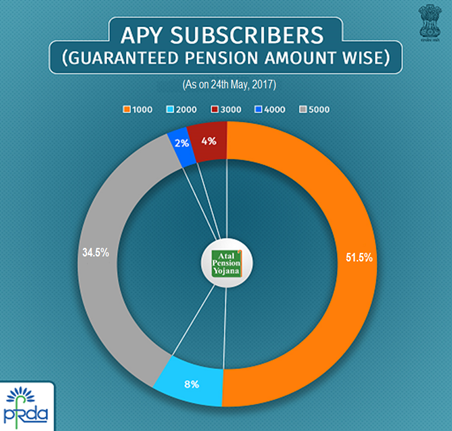DOPT Clarification on 7th CPC bunching of stages in the revised pay structure

No.20011/1/2016-AIS-II
Government of India
Ministry of Personnel, Public Grievances and Pension
Department of Personnel & Training
Government of India
Ministry of Personnel, Public Grievances and Pension
Department of Personnel & Training
New Delhi, dated the 25th May, 2017
To,The Chief Secretaries of all States/UTs
The Joint Secretaries (Admn.) of all Ministries/Departments.
Subject: Recommendations of the 7th Central Pay Commission - bunching of stages in the revised pay structure-reg.
Sir,
I am directed to say that after revision of pay scales w.e.f 01.01.2016, the pay of a member of Service drawing pay at two or more stages in pre-revised Pay Band and Grade Pay or scale and gets fixed at same Cell in the applicable Level in the new Pay Matrix, one additional increment shall be given for every two stages bunched and the pay of member of Service drawing higher pay in pre-revised structure shall be fixed at the next vertical Cell in the applicable Level as per the Proviso (a) to Rule 4 (A) of the IAS (Pay) Rules, 2016
2. However, this Department has been receiving queries from various Ministries/Departments/State Governments for fixation of pay in respect of members of Service whose pay gets fixed at the same Cell,in the applicable Level in the new Pay Matrix. The matter was clarified vide OM No.13021/1/2016-AIS-I (Pt.2) dated the 10th October, 2016 (copy enclosed). It is once again clarified that as per Rule 4 (A)(ii) of IAS (Pay) Rule, 2016, in cases of fixation of pay of IAS officers drawing pay at two or more stages in the pre-revised Pay Band and Grade Pay gets fixed at the same Cell in the applicable Level of the Pay Matrix, one additional increment may be given for every two stages bunched so that the pay of the member of Service drawing higher pay in the pre-revised structure is fixed at the next vertical Cell in the applicable Level.
Illustration:
If two members of Service drawing pay of Rs.53000 and Rs.54590 in the GP 10000 are to be fitted in the new pay matrix, the member of Service drawing pay of Rs.53000 on multiplication by a factor of 2.57 will expect a pay corresponding to Rs.1,36,210 and the member of Service drawing pay of Rs.54590 on multiplication by a factor of 2.57 will expect a pay corresponding to Rs. 1,40,296. Revised pay of both should ideally be fixed in the first cell of level 14 in the pay of Rs. 1,44,200 but to avoid bunching the member of Services drawing pay of Rs.54590 will get fixed second cell of level 14 in the pay of Rs.1,48,500.
2. This issues with the approval of the competent authority.
Yours faithfully,
(Rajesh Kumar Yadav)
(Rajesh Kumar Yadav)
Under Secretary to the Government of India
Order Copy









